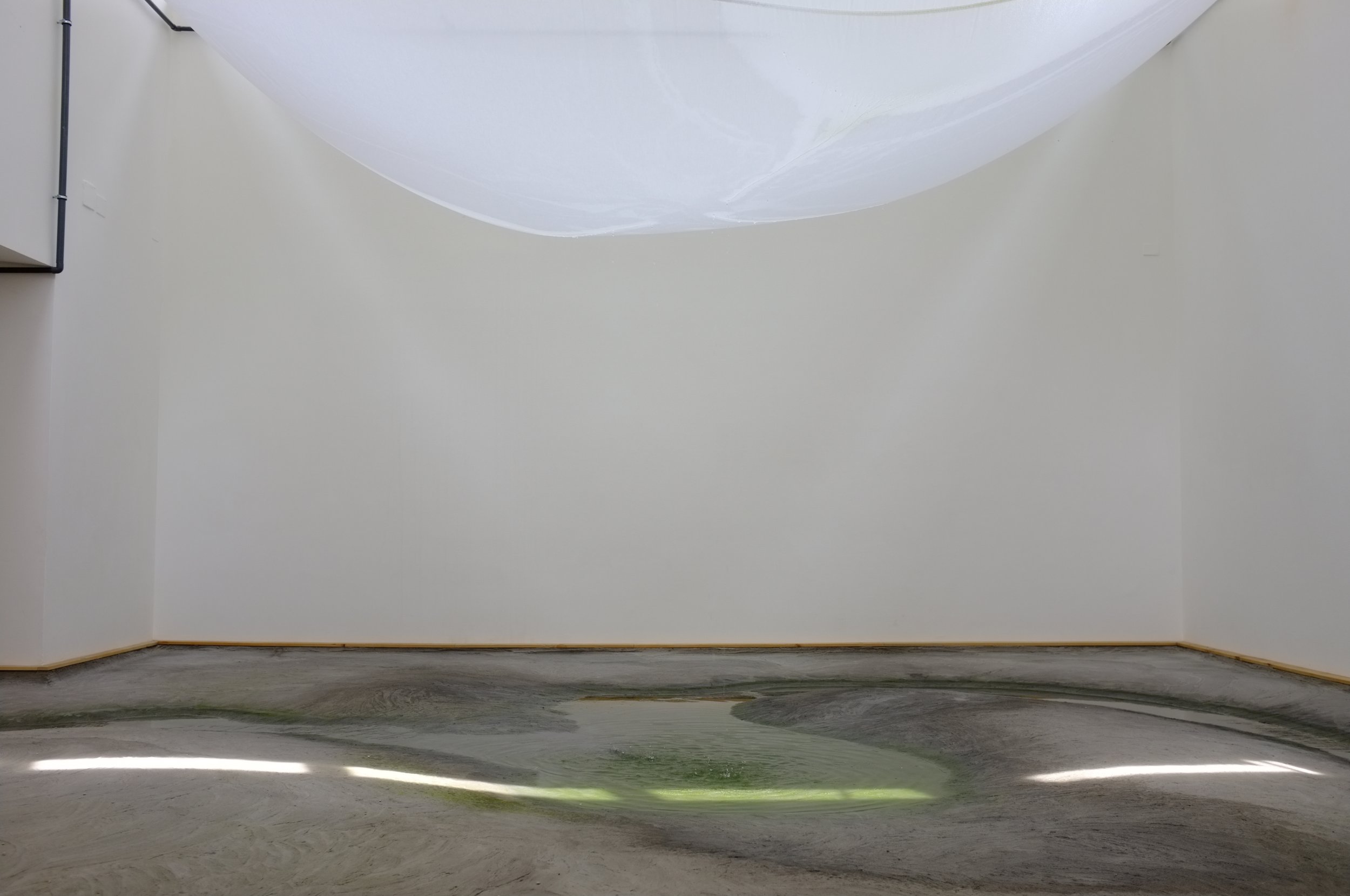How We Live Together
Vulnerability, resilience, and solidarity in the language of architecture, dance, and theater.
* This year, we visited the long-awaited Venice Architecture Biennale and pondered this year’s theme “How will we live together?” We hope you enjoy this first-hand, comprehensive report on the global context of the architecture and design industry in 2021. *
The most recent Venice Architecture Biennale explored the theme “How Will We Live Together?“ Although the curator, Hashim Sarkis, Dean of the School of Architecture and Planning at MIT, developed the idea months before Covid-19 challenged our realities of living together, most exhibitors decided to move ahead with installations that looked beyond the pandemic. As the show resumed in 2021, one year later than originally scheduled, it’s clear that the pandemic had influenced the exhibitors’ perspectives, but not their determination, to envision our future of coexistence.
Here, we’re recapping the 10 exhibitions and events at the Biennale that we felt best responded to the curator’s five prompts about how material, spatial, and cultural contracts may help us live together in today and tomorrow’s world:
“Together as human beings who, despite increasing individuality, yearn to connect with one another and with other species across digital and real space;”
Future Self by Random International & Company Wayne McGregor: part dance, part lighting installation, the performance studied and recreated the movements of human bodies in a living, three-dimensional light sculpture.
The Japanese Pavilion: “Co-ownership of Action: Trajectories of Elements.” A traditional wooden Post-war Japanese house had been disassembled to be “relocated” and reassembled for display at the Biennale. Due to the complications caused by the pandemic, the Japanese architect wasn’t able to fully carry out their original visions for reconstruction. Instead, the dismantled elements took a new trajectory of existence as they demonstrate how the house lived through significantly different periods of time.
Digital pavilions - countries like Germany fully embraced the virtual world by opening an empty pavilion where the only element on display was a QR code for a digital experience.
“Together as new households looking for more diverse and dignified spaces for inhabitation;”
The Nordic Countries Pavilion: “What We Share. A model for cohousing.” The Nordic countries took advantage of the ample window spaces and natural lighting in pavilion architecture and constructed a full-scale cohousing project. The model featured a sustainable, innovative, open-source solid-timber construction system and examined how a sustainable living environment could nourish community-building.
The Uzbekistan Pavilion: “Mahalla: Rural Urban Living.” For its debut at the biennale, Uzbekistan offered a celebration of mahallas, an endangered form of genuine communal living built around daily family life, which was presented as an abstract full-scale model of a mahalla section constructed of yellow steel tubes.
“Together as emerging communities that demand equity, inclusion, and spatial identity;”
The Mexican Pavilion: “Displacements / Desplazamientos.” The sensory installation invited visitors to explore the sense of space and raises the question of displacement -- a form of forced mobility -- and its adverse conditions such as inequality, environmental deterioration, risk of disasters, and various types of violence, occurring at different scales of time and space.
We also saw that a good percentage of participants—particularly those outside of Europe and with less access to resources—were unable to implement their responses, ironically addressing this very prompt.
“Together across political borders to imagine new geographies of association;”
The V&A Pavilion: “Three British Mosques, Applied Arts.” The V&A museum from London collaborated with the Biennale’s curator and architect Shahed Saleem to investigate the often undocumented world of adapted mosque space in London, self-built and remodeled out of spaces such as a house and a former pub.
The French Pavilion: “Les Communautés à l'Oeuvre (Communities at Work).” The French pavilion looked to locals in Hanoi, Vietnam; Soweto, South Africa; Bordeaux, France; and Detroit, USA to see how they have shaped their living spaces to respond to their communities’ specific challenges.
“Together as a planet facing crises that require global action for all of us to continue living at all.”
The Danish Pavilion: “Con-nect-ed-ness.” Visitors immersed themselves in a pavilion where rainwater was collected and circulated and various forms: water drips from leaky pipes, a stream to be crossed by footbridge, a small puddle, as well as in a thriving herb garden, and refreshing drinking water and tea for guests.
The UAE Pavilion: “Wetland.” Triggered by environmental challenges, the UAE explored the use of locally sourced natural elements for new materials, such as using sea salt to make an alternative to cement.
The Venice Biennale always entices us to reflect on how design, architecture, and performance art transform places, systems, and our lives, and this has never been more true. In trying times where we doubt our ability to coexist, we are grateful to see embedded in the thoughtful designs the strength and determination to move ahead.






